Service hotline
+86 0755-23615795
Release date:2025-07-23Author source:KinghelmViews:311
For Procurement and Engineering Teams in the consumer electronics industry, choosing the right board to board connector is a strategic decision that goes far beyond simple part selection. The correct connector affects not only the device’s performance but also its reliability, cost-efficiency, and long-term market reputation. Each board to board connector plays a key role in ensuring seamless data and power transfer between circuit boards, which makes thorough evaluation essential. Ignoring these considerations often leads to costly redesigns, production delays, and potential product failures.
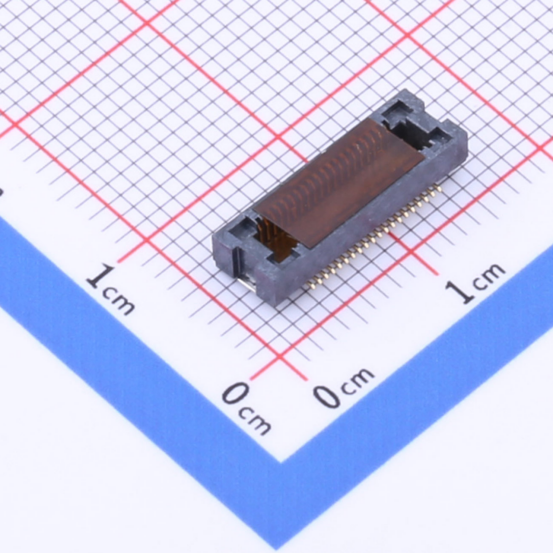
Before choosing, it’s vital to understand the different board to board connector types and where they fit best. This decision is critical for teams looking to balance size, functionality, and cost:
Matching the connector type to the device’s needs ensures better electrical performance and optimizes mechanical integration.
Procurement and engineering teams should align on multiple technical factors before finalizing a board to board connector. Important considerations include:
These criteria help create a robust, reliable product that meets customer expectations and reduces long-term maintenance costs.
Beyond physical specifications, certain technical aspects can greatly affect product quality and market success:
High-speed consumer devices need connectors with stable impedance to avoid data loss and interference.
Consumer electronics face humidity, dust, and temperature variations, so choosing connectors with protective coatings and durable housings is crucial.
Gold plating improves conductivity and prevents oxidation, which helps maintain performance over time.
Durable connectors withstand repeated assembly processes and physical stresses during product use.
By reviewing these factors, teams ensure the chosen board to board connector delivers consistent, high-quality results.
Cost pressures often challenge procurement teams, but cutting costs on a critical component like a board to board connector can lead to greater expenses down the line. The focus should remain on:
This balance ensures the final product maintains quality while staying competitive in the consumer electronics market.
Prototype testing is essential before mass production. This step confirms the board to board connector performs reliably under mechanical, electrical, and thermal stress. Teams should also ensure compliance with certifications such as RoHS, UL, and ISO standards to secure market acceptance and avoid legal challenges. Testing helps identify design flaws early, saving significant time and costs later in development.
The board to board connector market constantly evolves. Key trends include:
Keeping up with these trends helps engineering teams design forward-looking products and maintain a competitive edge.
Successful board to board connector selection depends on collaboration. Engineering teams understand technical requirements, while procurement teams manage supplier relationships and cost targets. Together, they ensure the connector fits design needs and supports long-term manufacturing goals. This teamwork prevents specification errors and supply chain disruptions.
In consumer electronics, the right board to board connector directly impacts product quality, brand reputation, and market success. By carefully analyzing technical criteria, collaborating across teams, and considering total cost of ownership, your organization secures a reliable, high-performance solution. Following these best practices helps deliver products that meet consumer expectations and stand out in a competitive market.

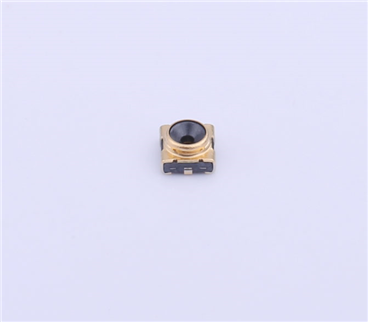
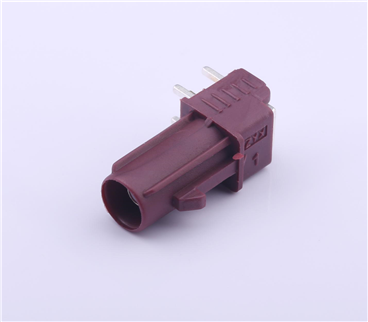
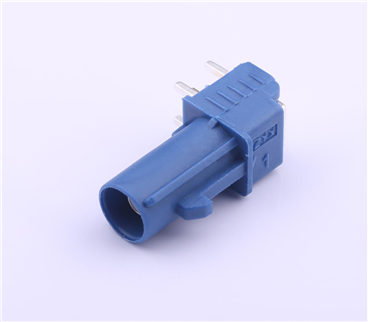
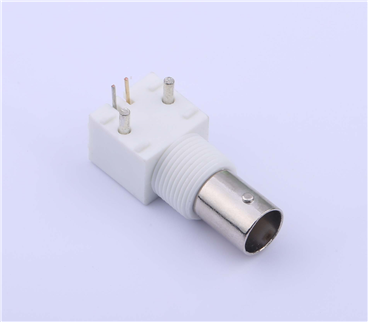
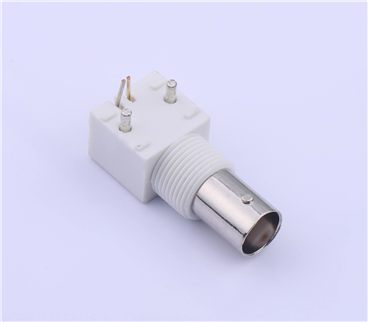
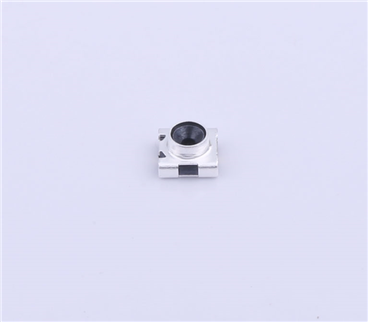

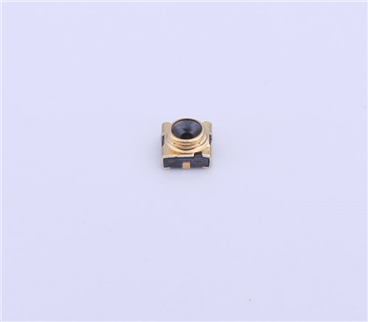
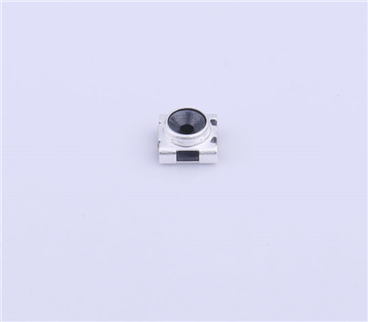
Copyright © Shenzhen Kinghelm Electronics Co., Ltd. all rights reservedYue ICP Bei No. 17113853